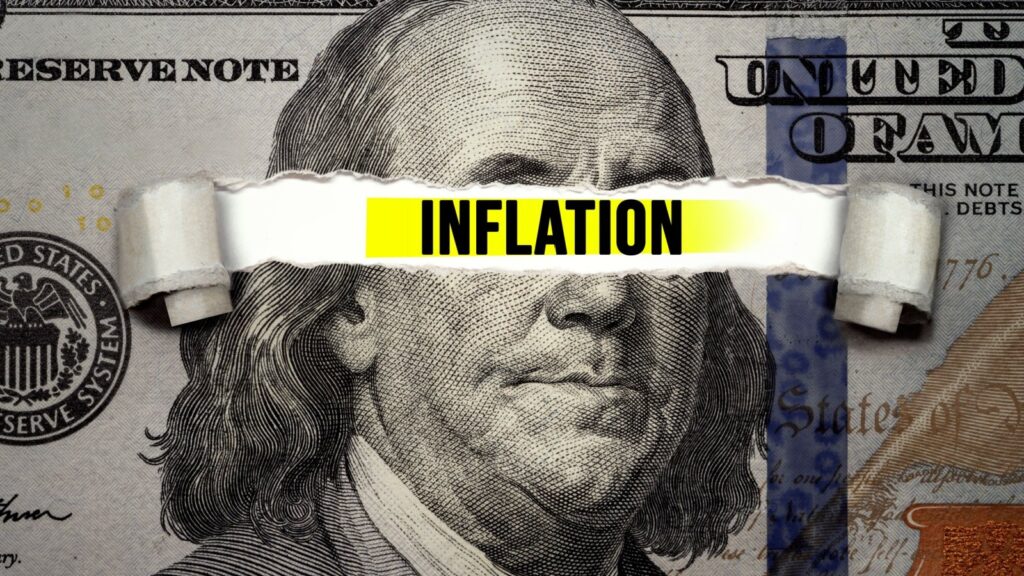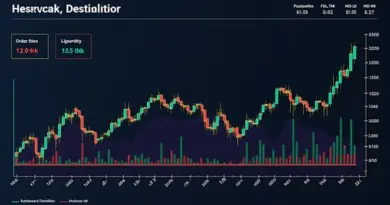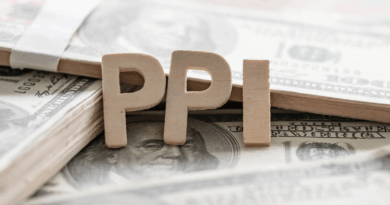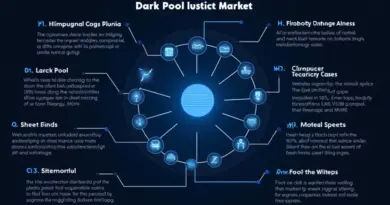The Big Takeaway from Today’s Soft Inflation Report
Wall Street woke up today to a gift from the Bureau of Labor Statistics: an inflation report soft enough to make a September rate cut look like a lock.
Stocks shot higher across the board. That’s great for the whole market, but it’s especially strong for one sector: artificial intelligence.
Why? Because lower rates mean money gets cheaper. When money gets cheaper, companies borrow more and spend more. And in 2025, when companies decide where to put their fresh cash, the answer isn’t new coffee machines, pingpong tables, or retrofitting offices for hybrid work. It’s AI, every time.
This morning’s CPI print was the green light for that reality.
The Numbers That Moved the Market
The July Consumer Price Index rose 2.7% over the past 12 months, matching June’s rate and undershooting the 2.8% that economists expected. That may not sound like much, but it breaks the mini-trend of inflation heating back up in May and June. The dreaded “back-to-back” upticks are over … for now.
Core CPI, which strips out food and energy, climbed to 3.1% year over year. On a month‑over‑month basis, headline inflation increased 0.2% and core prices rose 0.3%. That’s an improvement from June, when both metrics rose 0.3%. Not amazing. But it’s right in the ballpark the Fed has been bracing for and hardly the kind of reading that screams “keep rates high.”
Put it together and inflation looks like it’s settling in a 2‑ to 3% range—not perfect, but good enough that the other half of the Fed’s mandate takes priority: full employment.
The labor market is softening. July’s nonfarm payrolls report showed just 73,000 jobs added, and the six‑month average job growth has fallen to roughly 81,000 per month, according to RSM and Redfin. That’s a pace the U.S. hasn’t seen since the aftermath of the Great Financial Crisis.
Because the Fed has a dual mandate to balance price stability and full employment, stable but elevated inflation paired with a weakening labor market all but forces policymakers to step in and cut rates.
Futures traders see a roughly 90% chance of a 25‑basis‑point cut at the Federal Open Market Committee’s Sept. 17 meeting, and economists at Goldman Sachs expect three quarter‑point cuts by the end of 2025 and two more in early 2026. That’s about five cuts over the next year or so.
Today’s CPI report doesn’t just nudge the Fed toward a cut—it seals the deal. September’s meeting now looks like the kickoff for a full-on easing cycle.
Rate Cuts Are Rocket Fuel for Growth
Lower rates make money cheaper to borrow. When companies can borrow at 4% instead of 5%, they borrow more. They spend that money—on expansions, hiring, marketing, and technology—and it flows through the economy, lifting growth and profits.
That story applies to most stocks. For AI stocks, it’s magnified. When your average CEO sits down to figure out how to spend newly available cheap capital, there’s one priority dominating boardrooms right now: AI.
Surveys consistently show that a large share of executives rank AI among their top investment areas. Companies aren’t trying to decide whether to invest in AI; they’re deciding how fast and where.
Across sectors—from finance to manufacturing to retail—AI isn’t a “nice to have.” It’s the main event.
So imagine the Fed hands corporate America a giant pile of cheaper money over the next 12 months. Where’s it going? Into building and training AI models. Into launching AI-powered applications. Into embedding AI into workflows. Into erecting AI datacenters the size of football stadiums.
If the past two years have been an AI spending boom without rate cuts, just wait until you see what happens with them.
The market is pricing in about five rate cuts over the next year—a full percentage point drop in the Fed Funds rate. That’s a big deal. While it’s impossible to pin down exactly how much additional corporate spending that would unlock, the conditions are ripe for a major AI investment surge.
Economic growth? Solid. Business confidence? High. AI adoption trends? White-hot.
Big Tech is already going all in. According to the Wall Street Journal (via the Guardian), Microsoft (MSFT) plans to spend about $100 billion on AI over the coming year, Meta (META) plans about $66 billion to $72 billion, Alphabet (GOOGL) expects roughly $85 billion, and Amazon (AMZN) has earmarked around $118 billion. Combined, these four hyperscalers are on track to pour more than $400 billion into AI capital spending. If borrowing costs fall, that number could rise even higher.
That incremental spending fuels multi‑year revenue surges for AI suppliers, developers, and integrators.
Who Wins? The Same Players Who’ve Been Winning—Plus a Few More
Cheaper capital benefits every part of the AI supply chain:
- AI chipmakers such as Nvidia (NVDA), which sell the GPUs and accelerators that power new models.
- Fabricators like Taiwan Semiconductor (TSM), which manufacture the chips those models need.
- Rare‑earth suppliers like MP Materials (MP), whose neodymium‑iron‑boron magnets are essential for the electric motors and cooling systems in data centers. The company is even building a facility in Fort Worth, Texas, to produce about 1,000 metric tons of magnets annually starting in late 2025.
- Software firms such as Palantir (PLTR), which translate AI capability into enterprise value.
- Adtech players like AppLovin (APP), which use AI to target and monetize user data.
- Fintech innovators such as Dave (DAVE), which use AI to underwrite loans, manage risk, and automate banking.
If you’ve been riding these names, you know the story: they’ve been red hot. Rate cuts could keep them that way.
Skeptics worry that AI valuations are stretched. At some point, the music will stop. Every bull market ends eventually…
But the AI boom looks more like the early stages of the internet in the early 2000s or smartphones in the early 2010s than it does a market top.
Adoption rates are accelerating, not slowing. Corporate AI budgets are expanding, not contracting. The technology is advancing at a blistering pace, opening new commercial opportunities every quarter.
If you think we’re near the top, you’re ignoring the spending pipeline, the rate-cut tailwind, and the fact that AI is becoming as indispensable to business as the internet was in the early 2000s—or smartphones in the early 2010s.
This is not the end. We’re in the middle of the party
Bottom line: All In on AI
Today’s inflation report isn’t just another data point. It’s a neon sign telling investors that the cost of money is about to drop and the next leg of the AI boom is loaded.
The Fed is poised to turn on the cheap‑money tap. Companies are ready to drink deep, and they’re going to pour most of it into AI.
If you’ve been hesitant, now’s the time to step off the sidelines…
The AI megatrend is about to get a fresh infusion of capital, and the stocks leading the charge—NVDA, TSM, MP, PLTR, APP, DAVE, and others—stand to benefit.
The music is playing loud and clear. Don’t just watch the dance floor. Get out there.
One area we’re especially bullish on is humanoid robotics. It’s no longer science fiction—it’s the next frontier of AI. These machines need real‑time, low‑power intelligence that only neuromorphic and next‑generation AI chips can deliver. As adoption accelerates, the companies building this technology could anchor a trillion‑dollar disruption.
Today’s breakthroughs in robotics happen because AI chips are fast enough to simulate robots entirely in virtual space, testing millions of actions digitally before a single move happens in the real world. Imagine a robot learning to sew by practicing millions of stitches overnight without ever touching fabric.
That shift is reaching a tipping point.
So, I’ve teamed up with Louis Navellier and Eric Fry to launch a brand-new Day Zero Portfolio focused on AI-powered robotics. It features seven companies leading the next wave of Physical AI … and one little-known firm in the supply chain of a top robotics contender that could soar.
We just released the full portfolio, including one free stock pick, during a special broadcast.
Click here to watch it now … before our publisher takes it offline…
The post The Big Takeaway from Today’s Soft Inflation Report appeared first on InvestorPlace.






